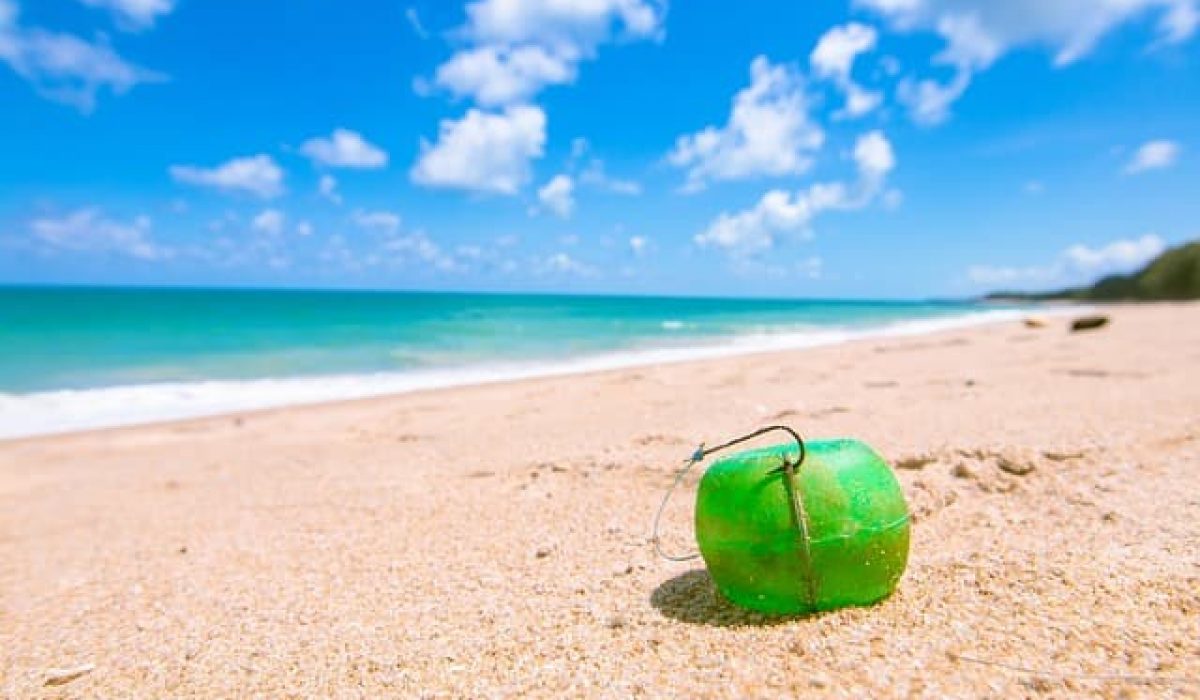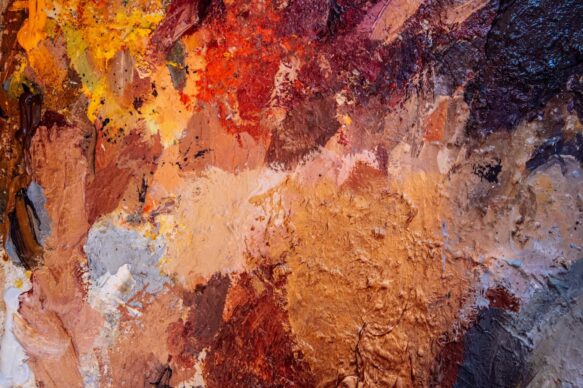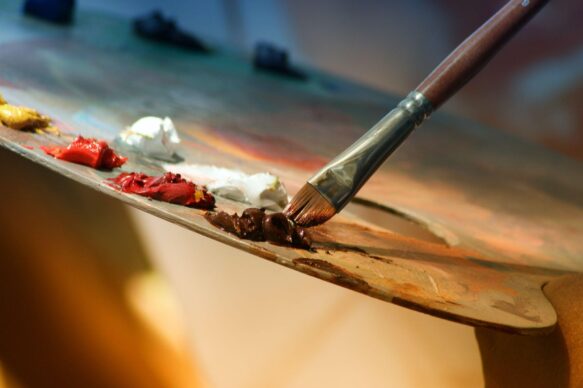Indigenous art
For many thousands of years before the arrival of European settlers and the emergence of the Canadian state, the territory of Canada was inhabited by Indian and Eskimo peoples. The artistic traditions of the indigenous population of North America (Canada and the United States) are often divided by art historians into linguistic, cultural or territorial groups.
The largest of them are the Indians of the Northwest Coast, the Indians of the Inner Plateau, the Indians of the Great Plains, the Woodland Indians, the peoples of the Arctic and the peoples of the Subarctic. This division is arbitrary, and artistic traditions differ significantly even within groups. One of the significant differences between Native American art and European art is that the former focuses on movable objects and the human body, thus virtually ignoring architecture.
In addition, the distinction between art forms, traditional for European art, is often not fulfilled for the art of North America: for example, masks are not only valuable in themselves, but play an essential role in ceremonies and rituals, thereby being associated with music, dance and storytelling. stories.
Most of the samples of art of the indigenous population that have come down to us were created after European colonization. Many of them bear traces of a clear influence of European art, or even represent a synthesis of various artistic traditions.
Materials that were not available to the native population of North America before colonization, such as metal and glass, are often used. In the 19th and first half of the 20th century, the Canadian government pursued an active policy of assimilation of the indigenous population, based on the Indian Act of 1876. The practice of traditional religion and the manifestation of traditional forms of organization of society were prohibited.
In particular, this meant the prohibition of religious observances such as the Dance of the Sun and related art objects. It was only in the 1950s and 1960s that Indian artists such as Mungo Martin, Bill Reid and Norwal Morrisso began to revive artistic traditions, and in some cases to invent new ones in the place of the lost ones. Today, many native Canadian artists work in a wide variety of techniques. For example, Rebecca Belmore represented Canada at the 2005 Venice Biennale.



















